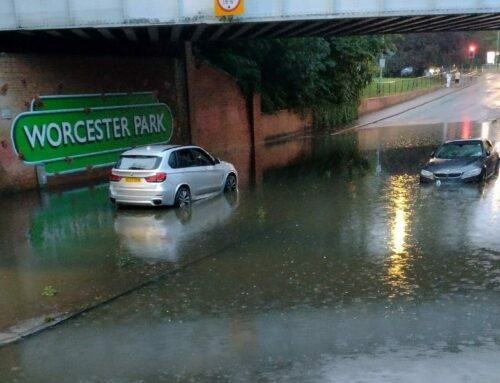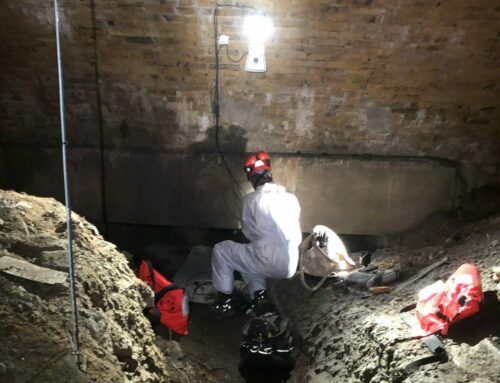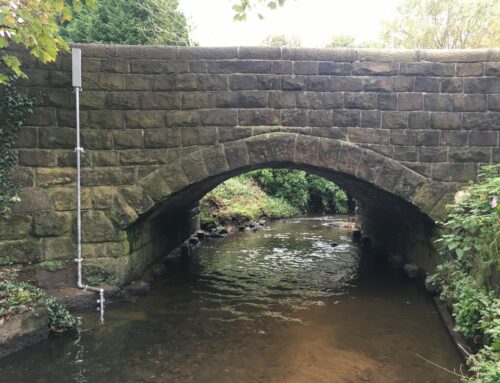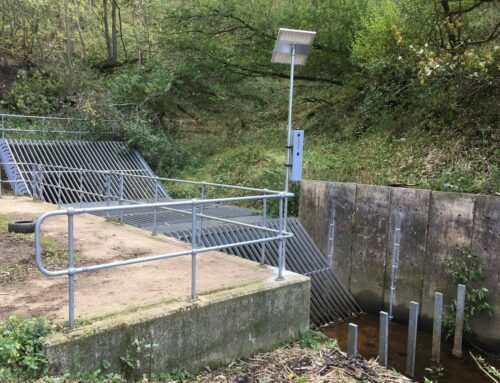Weather events can be the cause of significant disruption to the rail network. Over the past eight years, 2006 – 2014, the cost attributed to weather related delays for the whole of the LNE&EM network was >£50m of which £17m was attributed to flooding.
LNE&EM Route has experienced flooding at 167 separate sites since April 2009. 354 individual incidents have caused 163,000 minutes delay.
Floodwater affects the track in a variety of different ways. When water threatens the rails, trains must either reduce their speed or stop if the water rises above the rails. Rising water can wash away ballast closing the track for long periods whilst the line is made safe. Flooding can also cause short circuits or knock out power supplies to points and signals leading to costly repairs.
Remote condition monitoring provides an early warning of rising water levels allowing deployment flood defences in the form of barriers and pumps to an at risk area.
The remote monitoring system provided by Aquasition consists of water level monitoring on 55 critical water courses and images at 42 locations where track flooding causes train delays. Water levels are measured every fifteen minutes and sent via wireless telemetry to a website providing Network Rail access to time series data and alarms. The web site also allows forwarding of alarms via SMS and email to multiple recipients, GIS view of site locations and tools to review data.
All data loggers are battery powered and use wireless telemetry for communications, allowing ease of deployment and reduced costs. As a result infrastructure, such a power and phone lines are not required. Operational costs are kept to a minimum using low power sensors and high capacity batteries resulting in a battery replacement cycle of circa 5 years.
In addition to water level monitors 42 cameras have been installed providing a visual indication of the site conditions. This is particularly useful for events occurring at night, when sending staff to site may pose a health and safety risk. Other monitoring applications include the measurement of prevailing weather conditions such as rainfall, wind speed and direction, temperature, barometric pressure, and solar radiation.






